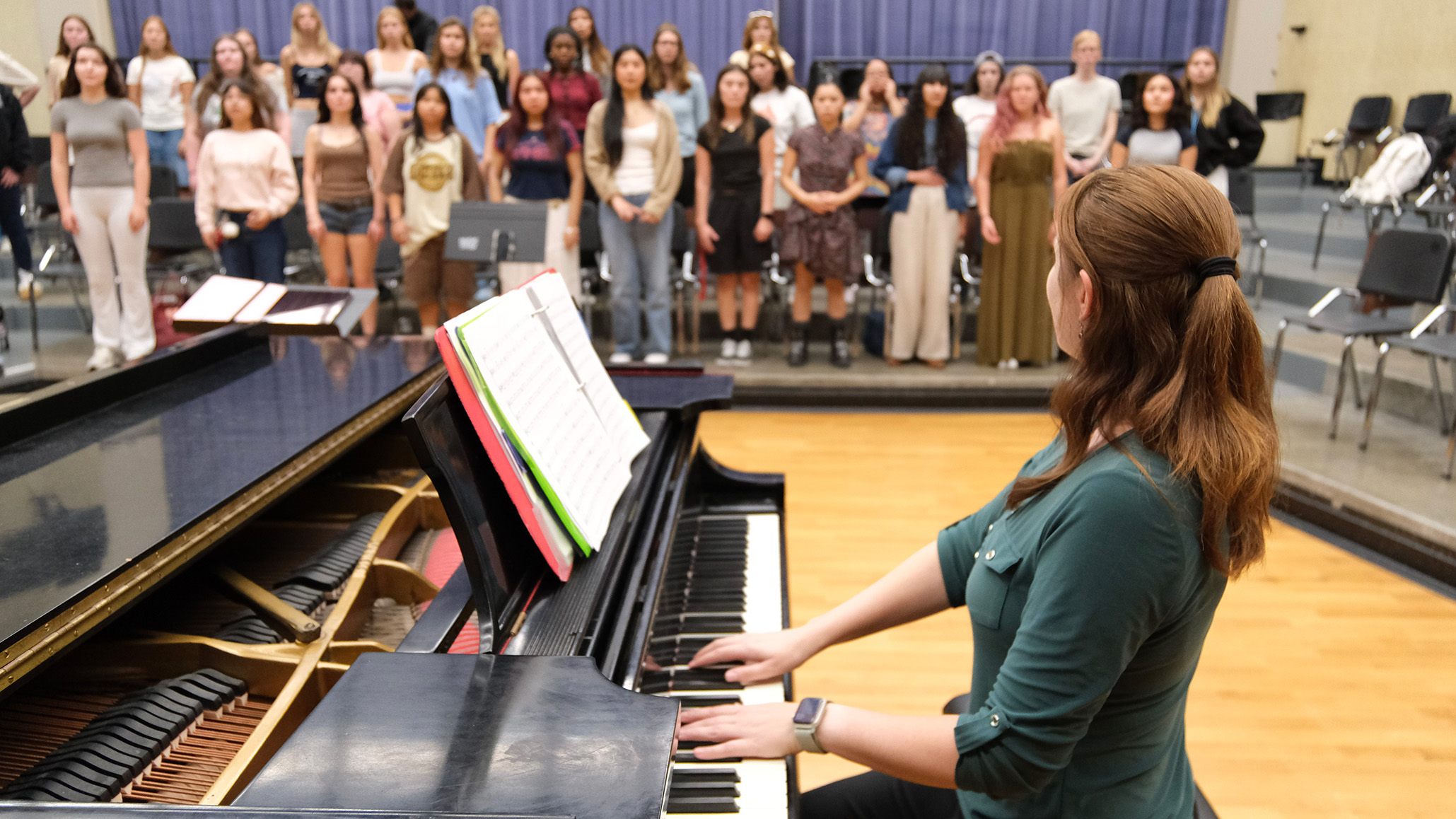'Sixth Sense' Linked to Falls
Researchers believe improving 'proprioception' may help prevent deadly injuries among the elderly.

Call it a “sixth sense” — but it’s not intuition.
This sense plays a major role related to balance and its absence may contribute to the cause of falls in older adults.
San Diego State University's Daniel Goble, professor in the School of Exercise and Nutritional Sciences, studies “proprioception” — the ability to know where we are in space. And, as we age, proprioception decreases.
“Imagine you are sitting down and you have your feet under a desk,” Goble explained.
“Even without seeing your feet, you know where they are approximately and what direction they are pointing — that’s proprioception,” Goble said. “When proprioception begins to fail, we can’t sense those things and as a result we may misjudge or misstep. In the elderly, that misjudgment could result in a dangerous fall.”
Body in balance
Falling is one of the main causes of injury and death in older adults. Previous research has often focused on muscle strength, coordination and vision as causes of falling.
However, Goble said proprioception also plays a key role and very little is known as to the exact reason why older adults have poorer balance performance than younger individuals.
In association with the lab of Professor Stephan Swinnen at the Catholic University of Leuven in Belgium, Goble studied a group of older adults (65 to 80 years old) to determine just how much the body relies on balance and proprioception to prevent falling. His findings are published in a recent issue of The Journal of Neuroscience.
Goble's research is one of many ways SDSU faculty are leading innovation and discovery, a key initiative of The Campaign for SDSU. With a unique focus on the teacher-scholar model, SDSU attracts researchers interested in solving the world’s most pressing problems, while showing students how to provide future solutions. Learn more about how SDSU leads innovation and discovery, and how you can help.
Sway or stay
By testing the amount of body sway during eyes-closed standing and comparing it with the brain’s response to proprioceptive stimulation, a link was discovered between maintaining balance and the brain's ability to process ankle proprioceptive information.
“Our results show for the first time that balance ability can be predicted by how much certain areas of the elderly brain respond to foot tendon vibration,” Goble said.
Foot tendon vibration stimulates muscle receptors that give the brain information regarding ankle joint angles. This information is critical for knowing about how much the body is swaying during standing, Goble said.
Brain activity was measured using a functional MRI, which estimates the flow of blood to various parts of the brain. Older adults with greater blood flow in multiple brain areas during foot tendon vibration were found to be better at an eyes-closed balance test than those individuals with less.
Wii Fit interventions
This new understanding opens the door for interventions that would increase brain activity in the balance-related areas.
Goble plans to further his research by testing a variety of interventions, including exercise-based balance training using a commercialized system such as the Nintendo Wii.
“There are already a number of games integrated into Wii Fit Balance Board games that require balance,” Goble said. “We hope to train older adults for six to eight weeks to see if these activities improve balance and proprioception, which will in turn prevent falling and the resulting injuries.”
Goble joined the SDSU faculty in 2011 and is among those who will teach in the School of Exercise and Nutritional Sciences' new doctor of physical therapy program starting this fall.



